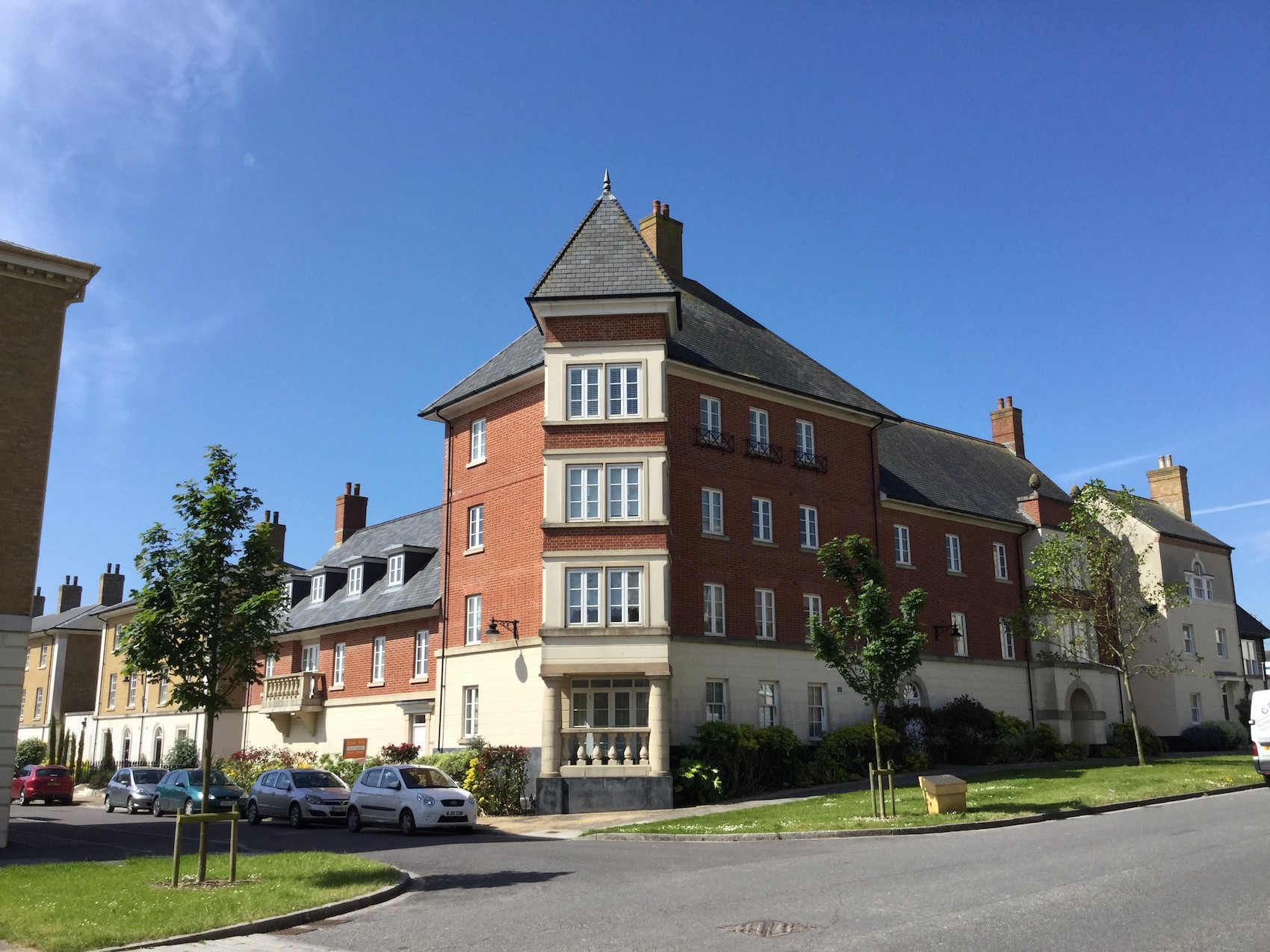Using preformed trays for openings eliminates site variances, as well as cutting and fabrication errors.
A low-density polyethylene DPC conforming to BS 6515 is not an acceptable DPC material for use over window and door openings in cavity walls. This is confirmed within BS 6515 and by the NHBC, which advocates the use of compliantly and compatibly-shaped preformed cavity trays to provide protection. Preformed trays eliminate site cutting, site mistakes and misplacement, as well as the following issues that can result in damp and thermal deficiencies:
DPC used over soldier course opening is BS6515 DPC. Non-compliant.
The width of the DPC is insufficient and stops partway across the masonry skin. Water can permeate downward and dampness results around the window head internally. Non-compliant.
The DPC is dry-bedded, and additionally, the perforated bricks offer a shortcut for water entry. Non-compliant.
DPC of insufficient width, dry bedded. Unacceptable construction.
Using a preformed tray under the soldier course provides superior protection as the soldier course itself is also protected. A preformed tray can be shaped to provide a lip across the frame head and at either side of the opening the tray projects forward to match the masonry skin depth. Compliant cover.
Roll DPC does not project through external skin to protect correctly. It stops short of front face.
The structural opening is supported by a metal lintel at opening level and the DPC/flashing is incorporated at a higher level to integrate with the bay window roof. The absence of any vertical DPC link between the two leaves the arrangement receptive to horizontal damp transference. Non-compliant.
Bay window opening lacking vertical damp protection between opening support and roof intersection levels.
Incorporating a preformed vertical coursed cavitray link regularises the construction. Compliant cover.
Cavity Trays manufactures preformed solutions to eliminate such failings and has recently celebrated 100 years of specialism.
Source: Architecture Today





